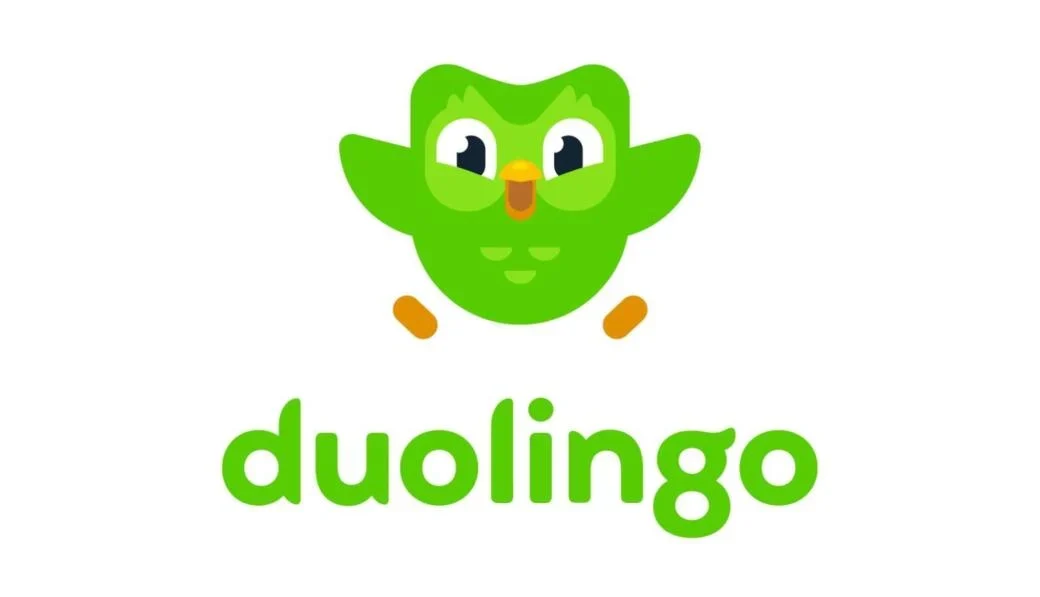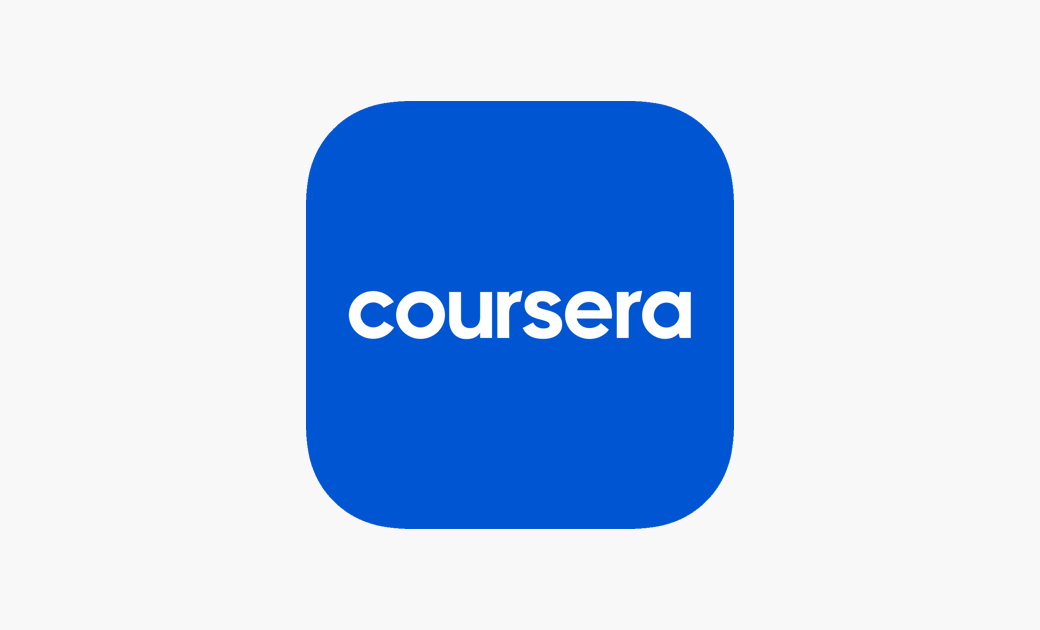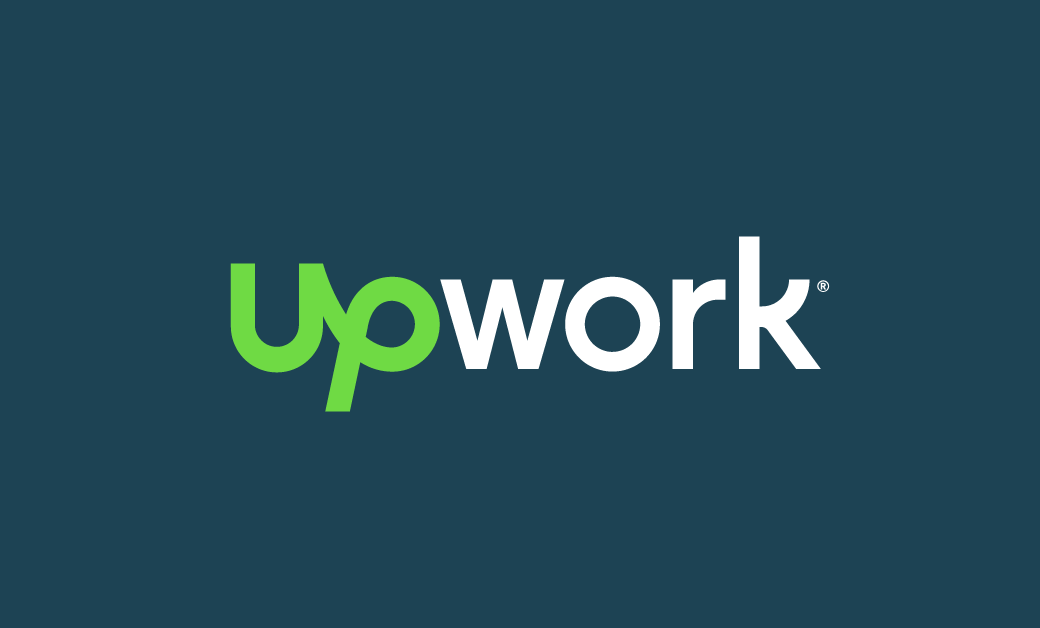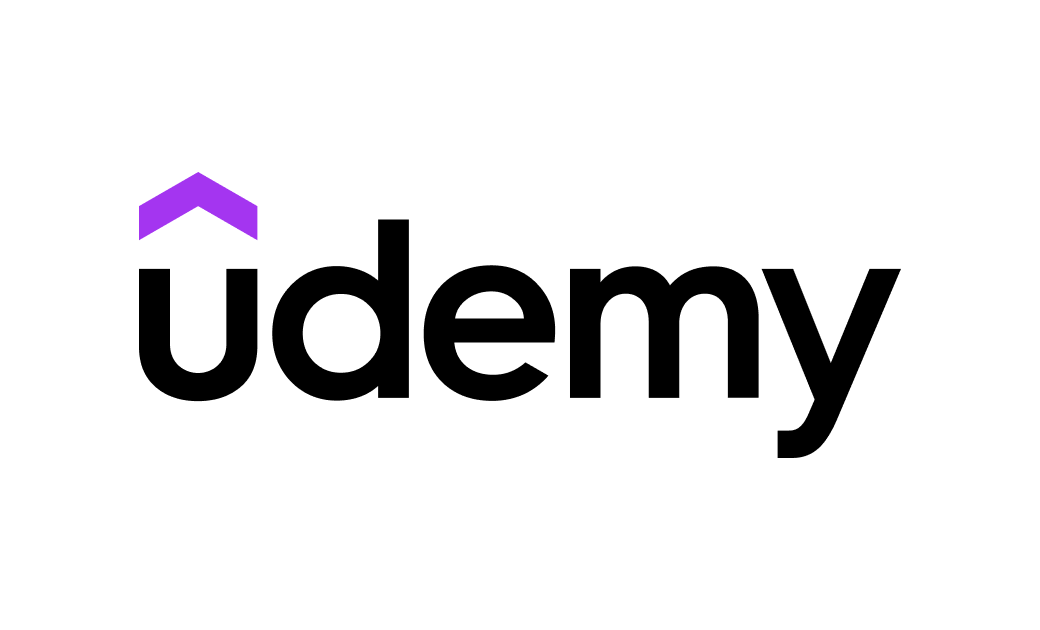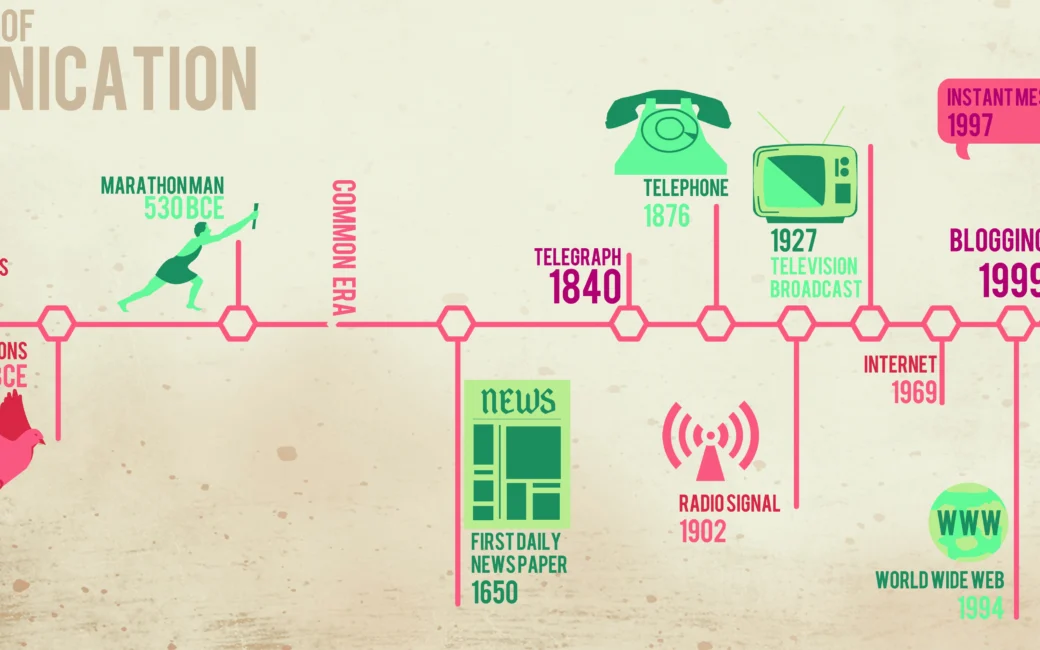In the rapidly evolving landscape of digital gaming, the choice of a digital distribution platform plays a pivotal role in shaping the gaming experience. The PlayStation Store, a stalwart in the industry, faces fierce competition from various contenders. This article aims to delve into a comparative analysis, exploring the strengths and weaknesses of the PlayStation Store against its competitors. If you feel a lack of energy while playing PlayStation, try mobile IV therapy.
Digital libraries have become the norm in the gaming sphere, with platforms such as Steam, Xbox Live, and Epic Games Store vying for user attention. The PlayStation Store, however, has distinct features that set it apart. Its intuitive interface and seamless integration with the PlayStation ecosystem provide a user-friendly experience. Despite these advantages, challenges loom in the form of competitors offering unique selling points. If you feel tensed up after spending too many hours playing your favorite PlayStation games, you should book a session at the best luxury spa in Toronto which offers amazing prices and the most hospitable service.
Content Variety and Exclusivity

The heart of any digital distribution platform lies in its content library. The PlayStation Store boasts an extensive array of games, but how does it measure up against its rivals in terms of variety and exclusivity? One key strength lies in Sony’s commitment to securing exclusive titles, a strategy that has fueled the success of franchises like “Uncharted” and “God of War.” However, competitors such as Steam and Epic Games Store adopt a more inclusive approach, offering a broader range of titles across genres, appealing to a diverse audience.
While exclusive titles generate a dedicated fan base, the inclusivity of competitors fosters a more expansive gaming community. The PlayStation Store must balance its strategy to cater to both the dedicated fans of exclusive content and the broader gaming audience seeking diverse experiences. Some of the games on the PlayStation store are as cheap and affordable as suspension services in Toronto.
User Interface and Accessibility
Navigating a digital storefront should be a seamless experience, and the user interface (UI) plays a pivotal role in this regard. The PlayStation Store prides itself on a sleek and user-friendly UI, tailored for PlayStation console users. However, when compared to competitors such as Steam, known for its customizable interface and extensive user profiles, the PlayStation Store reveals areas for improvement.
In case you are someone who prefers buying from home because of specific health conditions, now you can also sign up for long term care pharmacy services. This guarantees that your prescription needs are met, mirroring the commitment to user-friendly experiences present in digital platforms like the PlayStation Store.
Accessibility is another critical factor in the digital realm. The PlayStation Store excels in providing a unified experience across devices, ensuring users can access their content seamlessly. Nevertheless, competitors leverage cross-platform functionality, allowing users to switch between devices without sacrificing progress or purchases. The PlayStation Store could enhance its accessibility to appeal to a gaming community that values flexibility and multi-device compatibility.
Pricing Models and Subscription Services
The allure of a digital distribution platform often hinges on its pricing models and subscription services. The PlayStation Store adopts a mix of traditional pricing and its subscription service, PlayStation Plus. While PlayStation Plus offers free monthly games and exclusive discounts, it faces stiff competition from Xbox Game Pass and the vast library offered by Steam at competitive prices.
Examining the pricing models reveals a nuanced landscape where the PlayStation Store, while competitive, could explore more dynamic pricing strategies or bundled offerings. In the era of streaming and subscription-based gaming, the PlayStation Store must adapt to changing consumer expectations to remain a frontrunner in the market.
Besides places that sell video games, there are also online shops where you can get cool and comfy beachwear for women. These stores aim to give women what they want in stylish beach clothes for different times and events.
Performance and Technical Capabilities
Beyond the surface-level features, the performance and technical capabilities of a digital distribution platform significantly impact user satisfaction. The PlayStation Store, known for its reliability and smooth performance, contends with competitors that prioritize customization and modding capabilities. Steam, in particular, stands out for its robust modding community and constant updates, fostering a dynamic gaming environment. The PlayStation Store is also a very secure platform for your personal data. Speaking of security, if you’d like to feel safer on your property you can surround it with a protective fence with the help of a fence company in St Augustine.
To maintain its competitive edge, the PlayStation Store could explore avenues to enhance community engagement, perhaps by introducing user-generated content features or fostering a more interactive platform. Balancing technical prowess with community-driven initiatives can propel the PlayStation Store beyond being a transactional platform to a thriving digital gaming community.
Integration with Emerging Technologies

As the gaming industry embraces emerging technologies, digital distribution platforms must evolve to stay relevant. PlayStation Store, with its integration of virtual reality (VR) gaming through PlayStation VR, offers a unique immersive experience. However, competitors such as Steam are exploring augmented reality (AR) applications and experimenting with AI-driven gaming enhancements. Playstation has its own merch. It isn’t of the best quality, so you should rather order veteran clothing.
The future battle is about smoothly blending cool tech stuff. PlayStation Store could add more virtual reality things and check out how augmented reality can make gaming super creative. How well a platform keeps up with these techie changes decides how long gamers will like it. PlayStation also got help from CRO services to make their online store better. It’s like making sure gamers have a good time browsing the store and finding awesome games.
Community Engagement and Social Features
Gaming is no longer a solitary activity; it’s a social experience. Digital distribution platforms need to foster communities and provide robust social features. Steam, with its extensive user forums and game discussion boards, excels in building a sense of community. The PlayStation Store, while offering basic social features, could enhance community engagement by creating dedicated spaces for user-generated content, fan art, and discussions.
In case you bought your favorite game at the PS store and want to have more time to play it, you can hire companies to do some house chores instead of you. For example, if you need to clean your house pathways it is a great idea to hire a company for pressure washing services in St. Augustine for that job.
Integrating social features that go beyond basic friend lists and messaging can transform the PlayStation Store into a hub for like-minded gamers. By facilitating connections and conversations within the platform, Sony can create a more vibrant and connected gaming ecosystem, distinguishing itself in the competitive landscape.
Sustainability and Green Gaming Initiatives
With the growing awareness of environmental issues, sustainability has become a crucial consideration for consumers. Steam, in its commitment to sustainability, has introduced features like “Eco Mode” to minimize energy consumption during gaming. The PlayStation Store, while not lagging behind, could explore more aggressive green gaming initiatives, such as offsetting carbon footprints from digital purchases or promoting eco-friendly gaming practices.
By aligning with the environmentally conscious values of modern gamers, the PlayStation Store can appeal to a demographic that prioritizes sustainability. Incorporating green gaming initiatives not only contributes to a positive brand image but also positions the platform as a responsible player in the gaming industry.
By buying PS games in the animals category, you can also win a ticket for a pet fair, creating an opportunity for gamers to connect with like-minded individuals who share a love for both sustainable gaming and the companionship of pets. It’s a chance to bring together gaming enthusiasts and pet lovers in a unique and enjoyable way.
E-Sports Integration and Competitive Gaming
The rise of e-sports has transformed gaming into a competitive spectacle, attracting millions of viewers worldwide. Platforms that successfully integrate e-sports features can tap into a burgeoning market. While the PlayStation Store supports competitive gaming, there is room for expansion. Steam, with its integration of third-party tournament organizers and extensive e-sports game library, has positioned itself as a go-to platform for competitive gamers.
To compete, the PlayStation Store could collaborate with e-sports organizations, host exclusive tournaments, and provide tools for users to organize and participate in competitions. By becoming a hub for competitive gaming, the platform can elevate its status and attract a dedicated community of e-sports enthusiasts.
Global Localization and Cultural Sensitivity
Gaming is a global phenomenon, and catering to diverse cultural preferences is paramount. Steam, with its expansive library of games from various regions and language support, has embraced global localization. The PlayStation Store, while offering a diverse range of titles, could further enhance its efforts in understanding and catering to the unique preferences of gamers worldwide. To stay healthy and get all the needed nutrients while gaming, consider implementing vegan supplement packs in your diet.
Introducing more localized content, language options, and culturally sensitive curation can help the PlayStation Store strengthen its global appeal. By recognizing and respecting the diversity of its user base, the platform can create a more inclusive and welcoming space for gamers from different backgrounds.
Evolution of Payment Methods and Cryptocurrency Integration
The traditional landscape of payment methods is evolving, with digital currencies gaining momentum. Steam, in its forward-thinking approach, has explored cryptocurrency payments, providing users with additional flexibility. The PlayStation Store, while currently supporting various payment options, could consider embracing cryptocurrencies as a means of transaction, acknowledging the growing interest in decentralized finance.
By integrating cryptocurrency payments, the PlayStation Store can attract users who prefer alternative financial systems and tap into the expanding market of cryptocurrency enthusiasts. This forward-looking approach not only aligns with technological trends but also positions the platform as a pioneer in the ever-changing landscape of digital transactions.
Adaptability to Changing Gaming Trends

Gaming trends are dynamic, with genres rising and falling in popularity. Successful digital distribution platforms must adapt swiftly to these trends. Steam’s Early Access program, allowing users to play and contribute to games in development, showcases a commitment to staying ahead of gaming trends. The PlayStation Store, while featuring exclusive previews, could explore avenues for user involvement in the development process and early testing phases.
If you want to practice being accurate and adaptable, try playing the game where you are working with ammunition manufacturing equipment. It’s like hitting targets in a game, but here you’re getting a feel for making equipment used to produce ammunition. It mixes the fun of gaming with the skill of making things precisely.
By actively involving the gaming community in shaping the direction of upcoming titles, the PlayStation Store can create a more engaged and invested user base. This adaptability to changing gaming trends positions the platform as a trendsetter rather than a follower, setting it apart in the competitive landscape.
Conclusion: Shaping the Future of Digital Gaming
In conclusion, the digital distribution platform landscape is a dynamic arena where innovation and adaptability are paramount. The comparative analysis of the PlayStation Store against its competitors reveals a nuanced picture, highlighting strengths and areas for improvement. As the gaming industry continues to evolve, the future of digital gaming platforms lies in their ability to integrate emerging technologies, foster vibrant communities, prioritize sustainability, embrace e-sports, cater to global audiences, and adapt to changing payment methods and gaming trends. In case you would like to watch e-sports in your bathroom as well, consider remodeling your bathroom for this purpose with the help of a company for bathroom remodeling in Colorado Springs.
The PlayStation Store, with its rich history and dedicated user base, has the potential to shape the future of digital gaming. By addressing the identified areas for improvement and proactively embracing new trends, Sony can ensure that the PlayStation Store remains a leading force in the digital distribution space. As gamers worldwide anticipate the next wave of technological advancements and gaming experiences, the competition among platforms will undoubtedly intensify. It is through strategic innovation and a commitment to user satisfaction that the PlayStation Store can continue to captivate audiences and define the next era of digital gaming.


